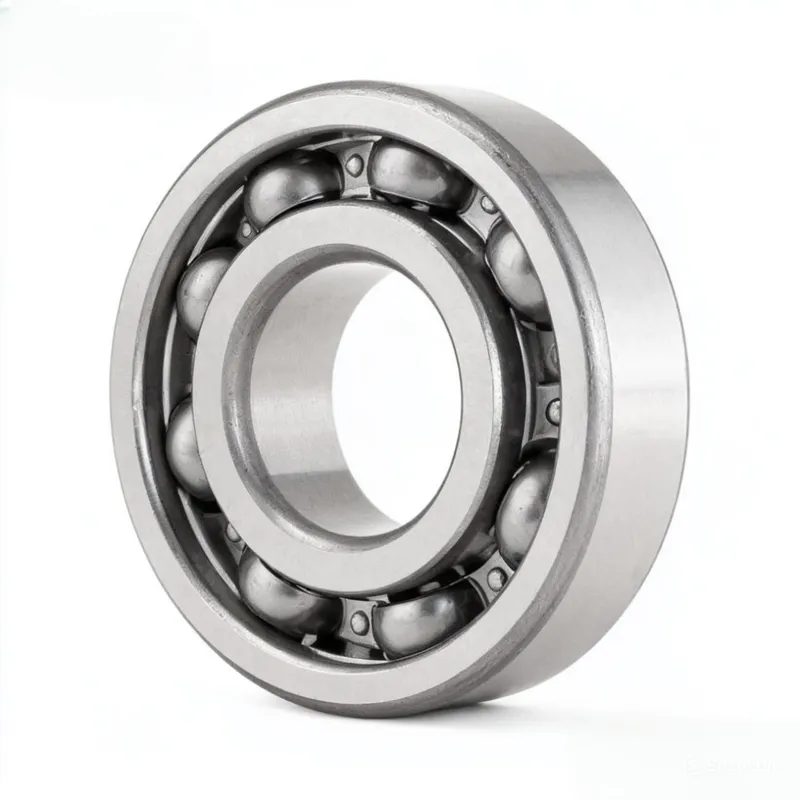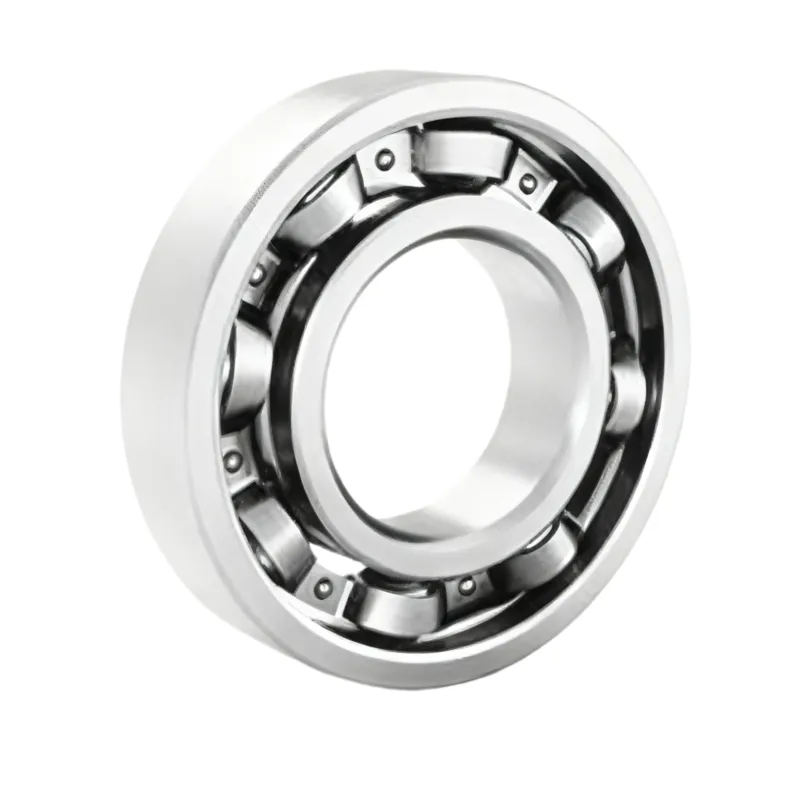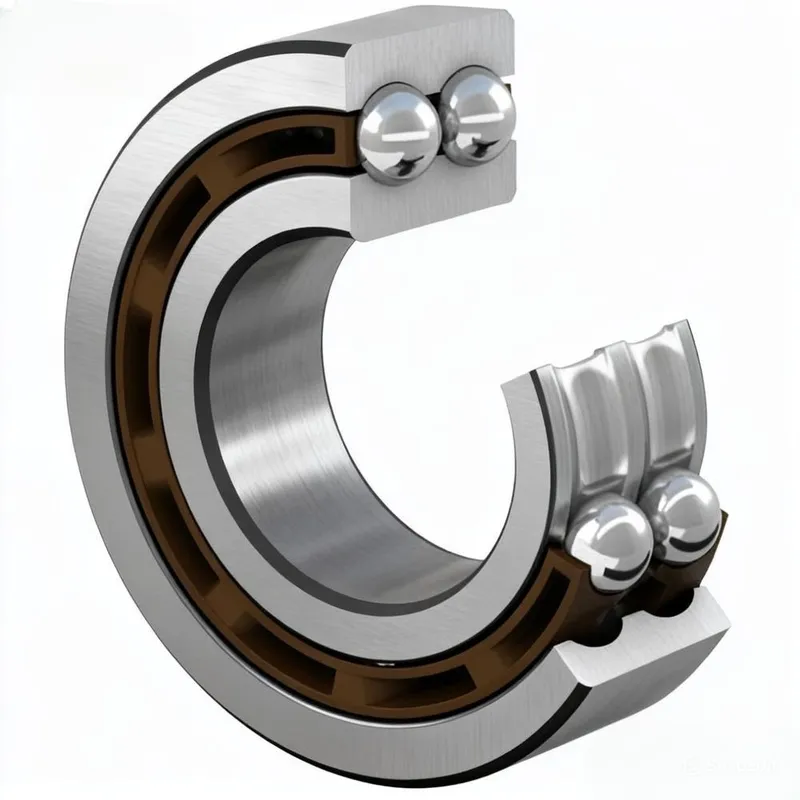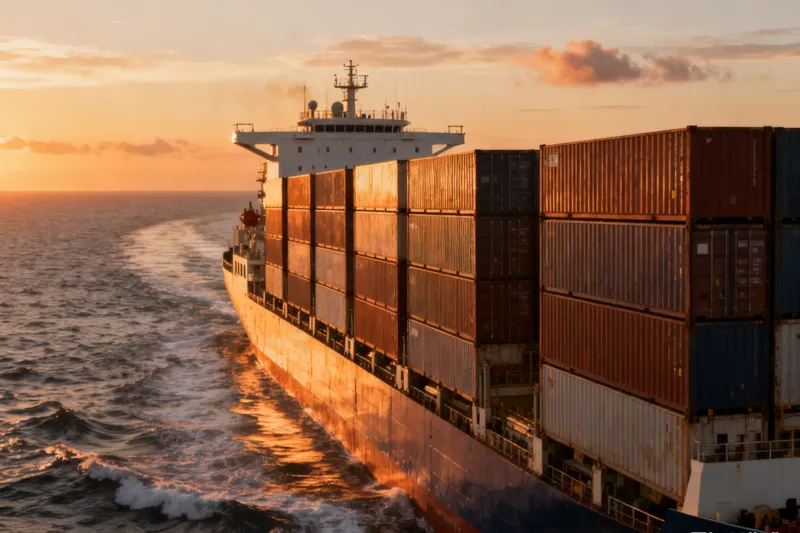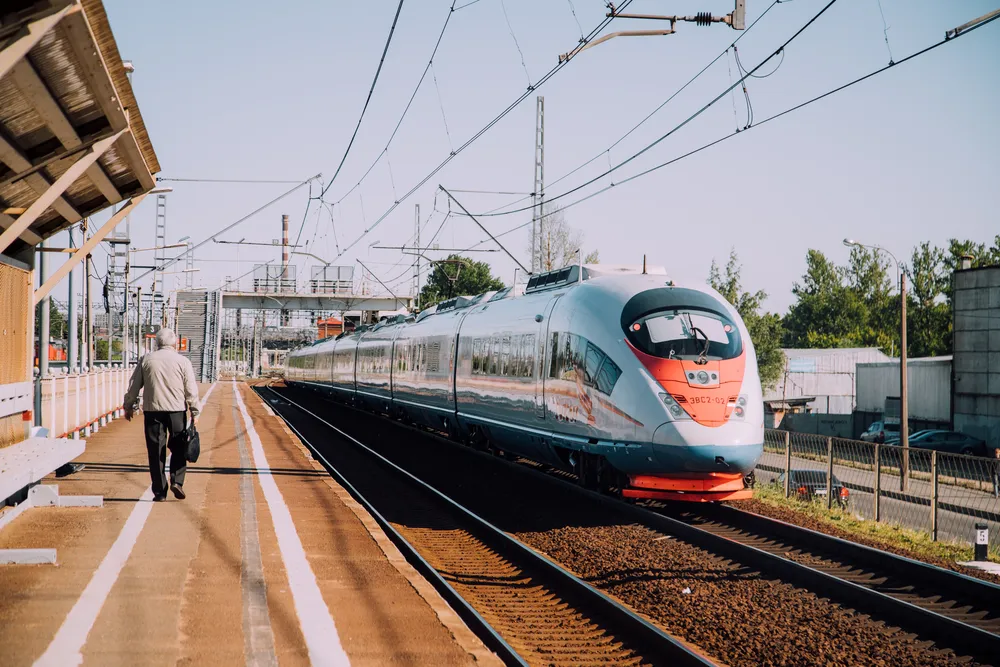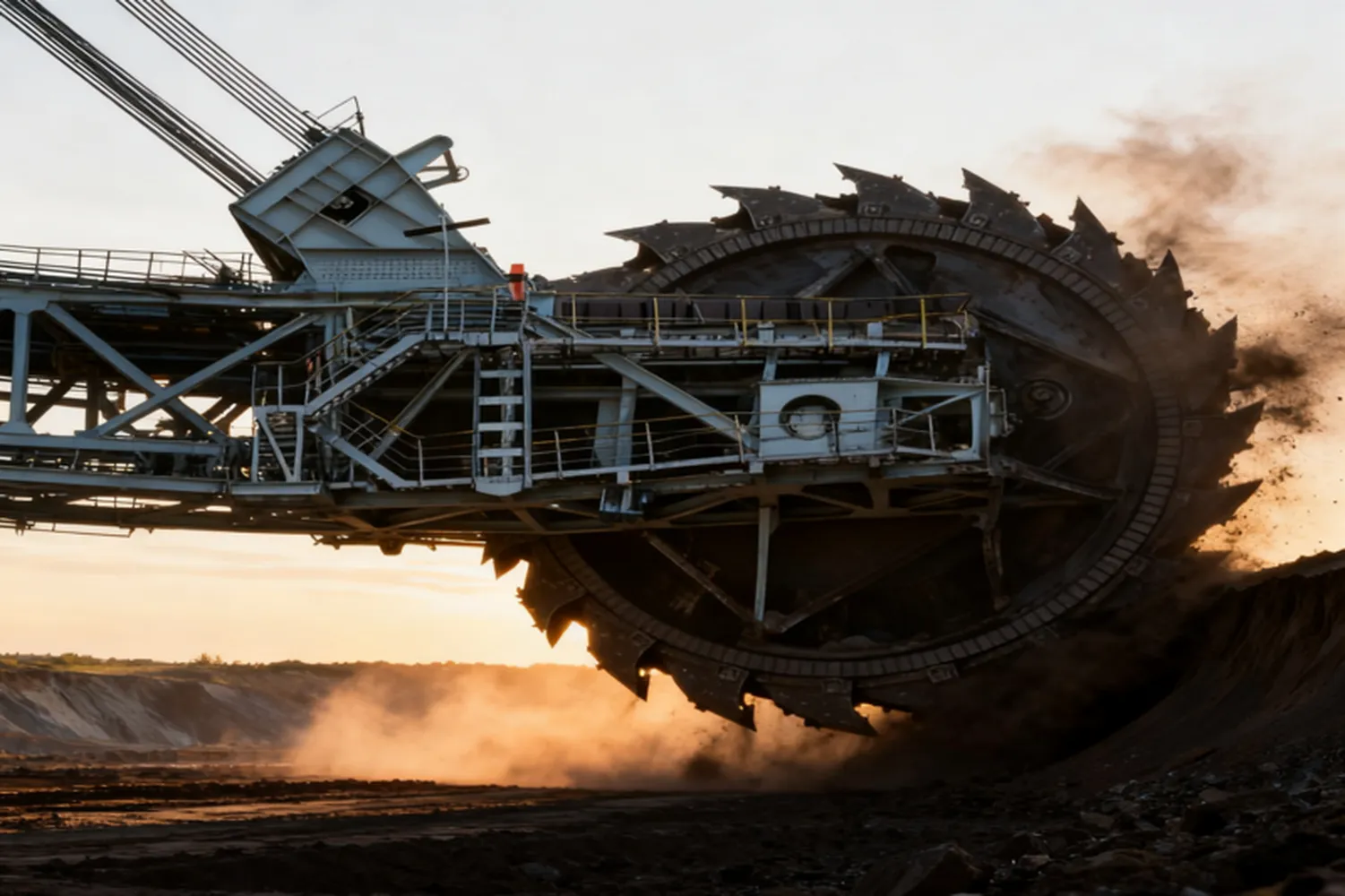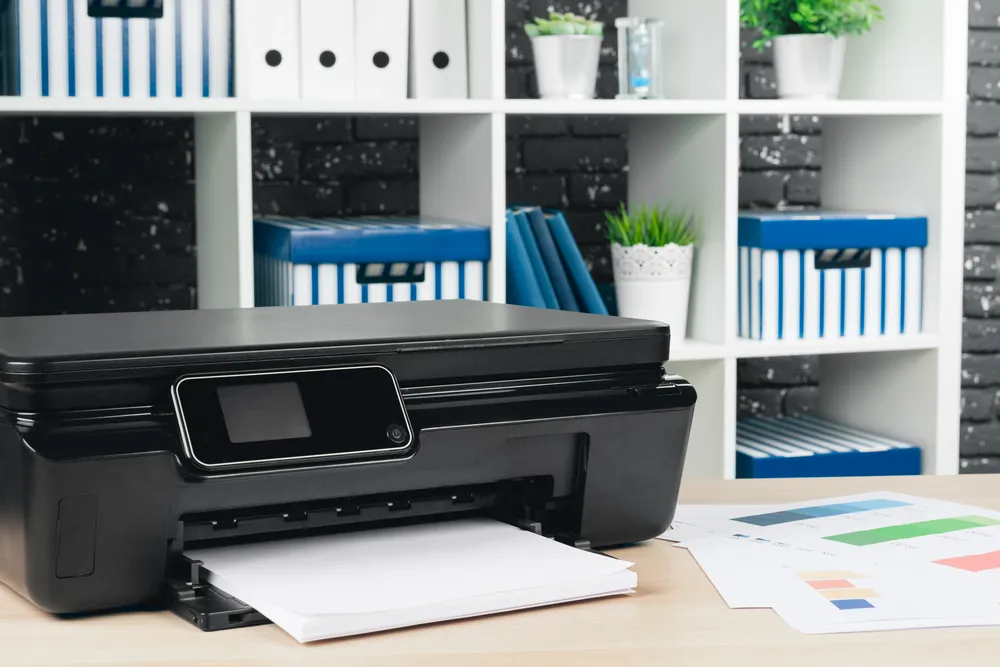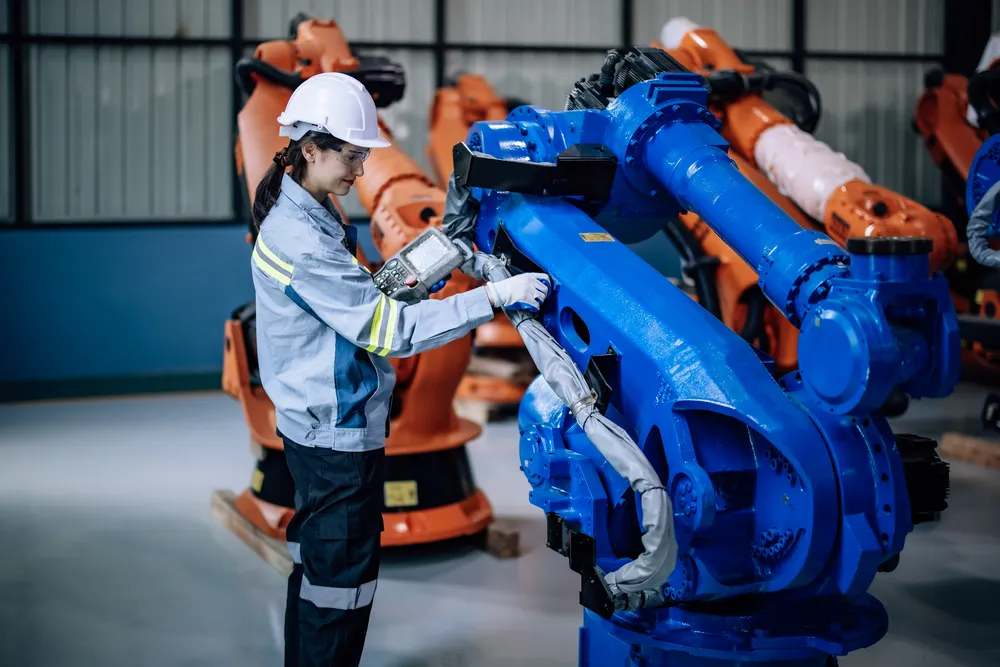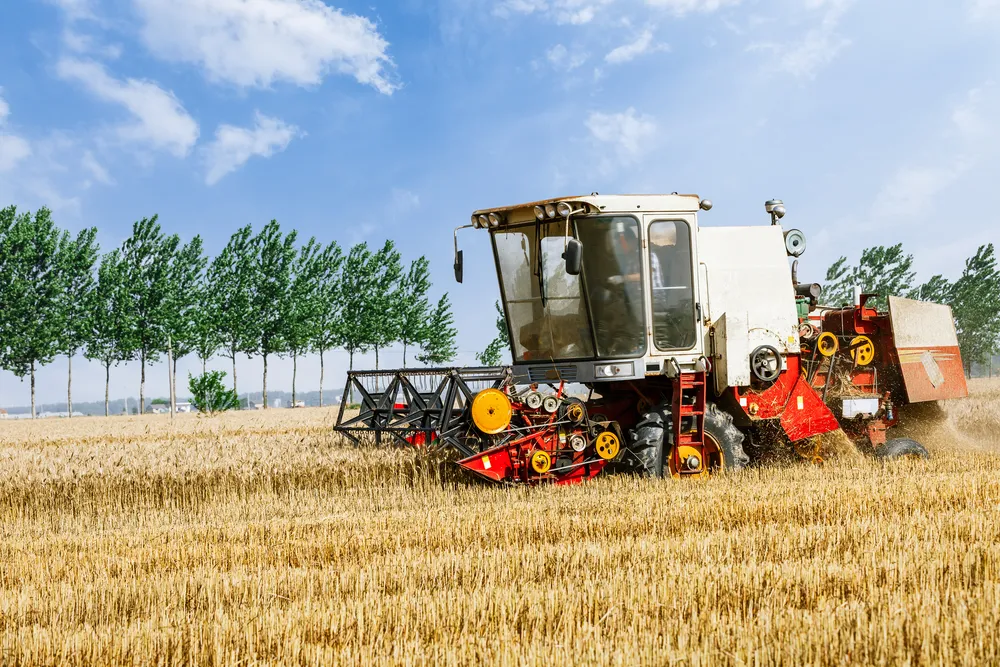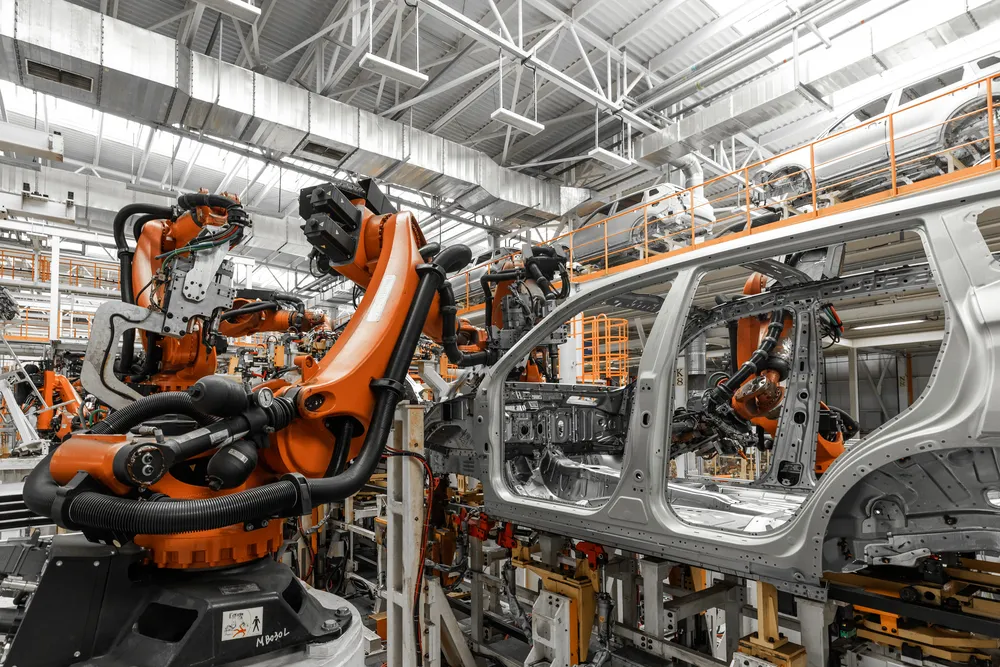Products
Deep Groove Ball Bearing Product Overview
Deep groove ball bearings are a versatile class of rolling bearings composed of an inner ring, an outer ring, rolling elements (balls), and a cage. Their deeper raceways enable them to sustain radial loads and bi-directional axial forces, making them a preferred choice across numerous mechanical applications. Available in single-row and double-row configurations, their size range spans micro-precision instruments to large industrial assemblies. By combining different sealing options and materials, they accommodate high-speed, heavy-load, and harsh-environment applications.
Key Design Features
- Single- and double-row formats: single-row designs are compact for standard loads; double-row or paired arrangements increase load capacity and stiffness.
- Raceway geometry and ball pitch: deep, continuous grooves and precisely spaced balls ensure even load distribution, improving stability and minimizing vibration.
- Seals and shields: a spectrum of sealing choices exists—from contact lip seals to non-contact metal shields and hybrid solutions—trading off protection level against frictional torque.
- Materials and treatments: typical materials include chrome steel and stainless steel; hybrid ceramic balls are available to reduce mass and enhance corrosion/temperature resistance.
- Speed and temperature capability: depending on lubrication and materials, configurations can handle low-speed heavy loads or very high rotational speeds; special greases and constructions extend high-temperature service.
- Lubrication and maintenance options: sealed-for-life units or relubricatable versions are offered to meet varied maintenance regimes and hygiene constraints.
Performance and Benefits
- Broad applicability: one bearing type serves multiple machine classes, simplifying spare parts logistics.
- Low friction and efficiency: optimized raceway/ball interfaces reduce drag, lowering energy consumption and heat buildup.
- Quiet operation and low vibration: precision manufacture reduces acoustic emission, suitable for noise-sensitive installations.
- Bi-directional axial load carrying: allows simpler mechanical layouts by reducing auxiliary thrust components.
- Environmental adaptability: appropriate material/seal combinations enable operation in wet, dusty, food-grade, or corrosive conditions.
- Flexible maintenance strategies: options range from maintenance-free sealed bearings to serviceable industrial types for scheduled re-lubrication.
How We Solve Your Challenges
- Tailored selection: we match bearing geometry and metallurgy (chrome, stainless, or ceramic hybrid) to your load spectrum, speeds, environment, and life targets.
- Sealing & lubrication engineering: deliver the optimal seal—from low-torque metal shields to robust contact lip seals—and pair with food-grade, high-temperature, or low-friction lubricants as required.
- Mounting & fit assistance: advise on cold (liquid-nitrogen) and thermal fits, correct interference location, and avoidance of load transmission through rolling elements to secure concentricity and minimize runout.
- Noise and vibration mitigation: implement dynamic balancing, preload optimization and cage design tuning to reduce start-up torque spikes and operational noise.
- Durability validation: provide accelerated fatigue testing, thermal-rise assessments, and contamination trials to quantify life expectancy and maintenance intervals.
- System integration & aftermarket support: deliver bearing units and housings ready for installation, plus spare parts management and technical service to minimize downtime and protect productivity.
Frequently Asked Questions
Find answers to common questions about our bearings. If you don’t find what you’re looking for, please don’t hesitate to contact us.
What is meant by radial versus axial loading?
In what ways do deep-groove ball bearings differ from single-row angular contact ball bearings?
How do open, sealed, and shielded deep-groove ball bearings differ?
The primary distinction lies in how they protect internal components from contaminants and retain lubricant:
- Open bearings have no seals or shields, offering the least protection. They allow free ingress of contaminants and lubricant escape, but they exhibit minimal friction and heat rise—making them suitable for clean, controlled environments.
- Shielded bearings include one or two non-contact metal shields (often designated Z or ZZ) that block larger particles while imposing only a minor drag. They provide moderate protection and are ideal when light shielding suffices.
- Sealed bearings feature contact or non-contact elastomer seals (e.g., D, DU, DW, V, DD, DDU) that tightly protect against dirt and retain lubricant within. While offering the highest level of sealing, they cause higher torque and slightly reduce speed limits due to seal drag.
Manufacturers (for example NSK) use suffix letters—like D / DD / DU / DDU / DW / DDW / V / VV—to denote various sealed bearing configurations, whereas shielded variants may carry Z / ZZ designations. Open bearings carry no such suffix. Some advanced designs also integrate labyrinth seals or multi-lip arrangements to balance protection with low-friction performance.
